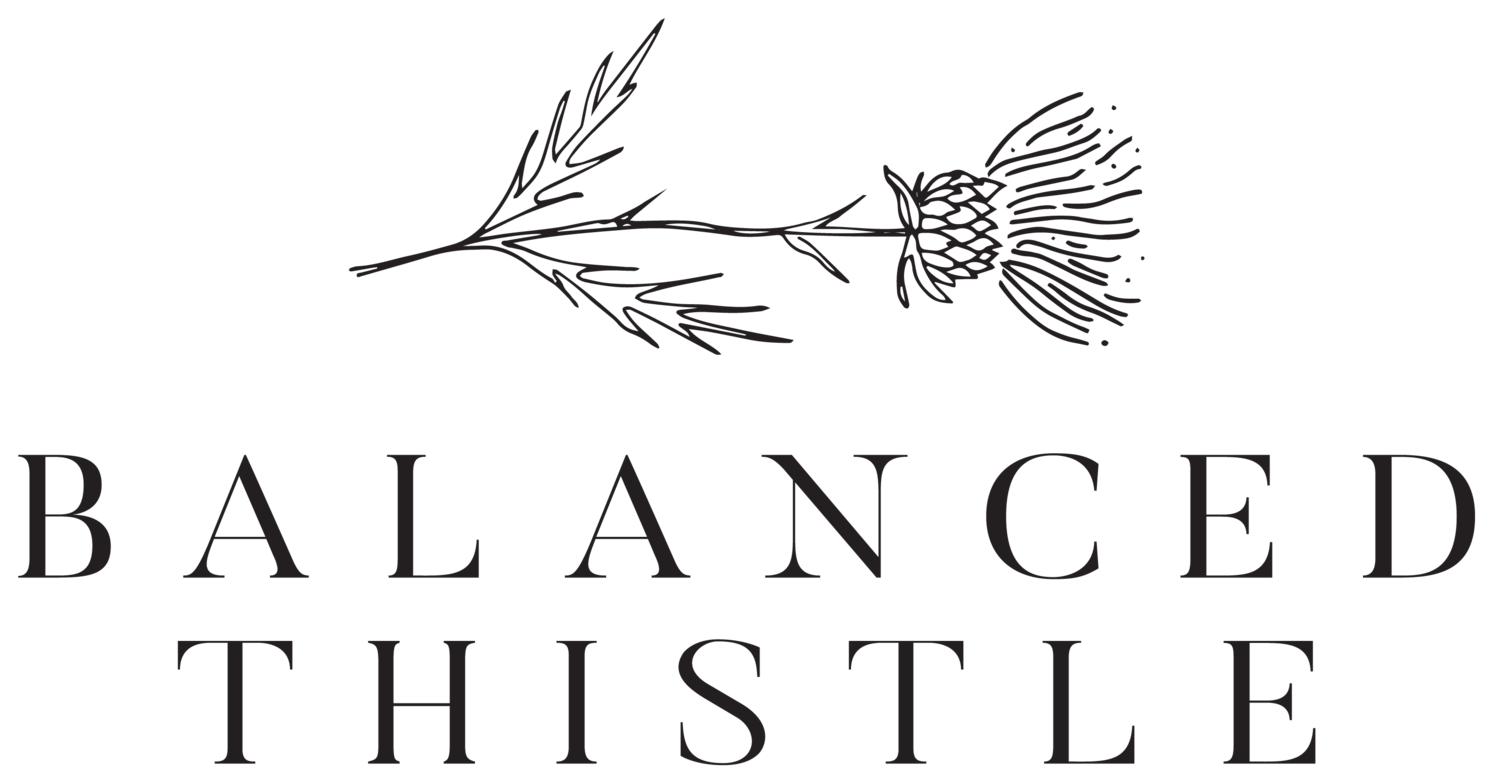Estrogen + Progesterone in Women's Health
/Estrogen
Estrogen is one of the two dominant sex hormones found in women, although some amount of estrogen is present in men as well. There are three types of estrogen: estrone, estradiol, and estriol. Most of the estrogen in our bodies is made in the ovaries with some amount produced from fat cells and the adrenal glands. Women begin producing estrogen with the onset of puberty. The amount of estrogen we produce fluctuates slightly throughout our menstruating years and decreases significantly during perimenopause with estrogen production nearly stopping once menopause is reached. While women are menstruating, estrogen is especially important in the first part of the cycle, the luteal phase. Estrogen promotes the growth and thickening of the uterine lining so it is primed to receive and nourish an embryo in the event of conception. Estrogen also plays an important role in breast development and lactation. Estrogen is crucial to the building of healthy bones. As estrogen levels decrease in women over time, the normal process of bone-building becomes slower than the process of bone breakdown. Commonly, this leads to osteoporosis in women as they age.
Maintaining healthy estrogen levels is important for sleep, metabolism, reproduction, skin and so much more. Some ways to balance estrogen levels include healthy stress reduction/management, reducing endocrine-disrupting chemicals and plastics, and getting adequate sleep. When stress is high, progesterone levels decrease and estrogen is allowed to spike. Minimizing stress or adding tools to manage stress is important to estrogen health. Chemicals found in many plastics, cosmetics, and cleaning products can disrupt estrogen levels in the body. Choose clean skincare, makeup, and cleaning brands that are free of harmful chemicals to reduce your exposure to these disrupting substances. Last, but not least, SLEEP! Getting 7-9 hours of sleep per night allows the body to repair hormone imbalances.
Progesterone
Progesterone is most dominant in the second phase of a woman’s cycle, the luteal phase. Progesterone helps to build and maintain a healthy uterine lining so that if an embryo implants, the body can support the pregnancy. When progesterone levels drop in the second phase of our cycle, that cues our bodies that we aren’t pregnant and it’s safe for menses to occur. Healthy progesterone levels help to keep estrogen in balance, and progesterone works with estrogen to support breast development and lactation. It is also the precursor to testosterone and balanced progesterone levels help to support healthy testosterone levels.
Some women struggle with progesterone levels that are low. Low progesterone levels can result in difficulty conceiving and maintaining pregnancy, irregular menstrual cycles, headaches, and mood changes. Cortisol is our body’s stress hormone and it spikes in stressful situations. The building blocks required to make progesterone are the same ones required by our body to make cortisol. When stress levels are high and our cortisol levels spike, it often results in low progesterone. Reducing stress and working on stress-reducing techniques are so important in creating healthy progesterone levels and optimal fertility. If progesterone levels are low, they can be supplemented with medication, but lifestyle modifications are the best way to balance hormones in the long run. Including B vitamins and vitamin C, increasing the intake of foods with zinc, getting good sleep, and maintaining a healthy weight are all important factors in supporting healthy progesterone levels.
This blog post was written by Sara Bates.

